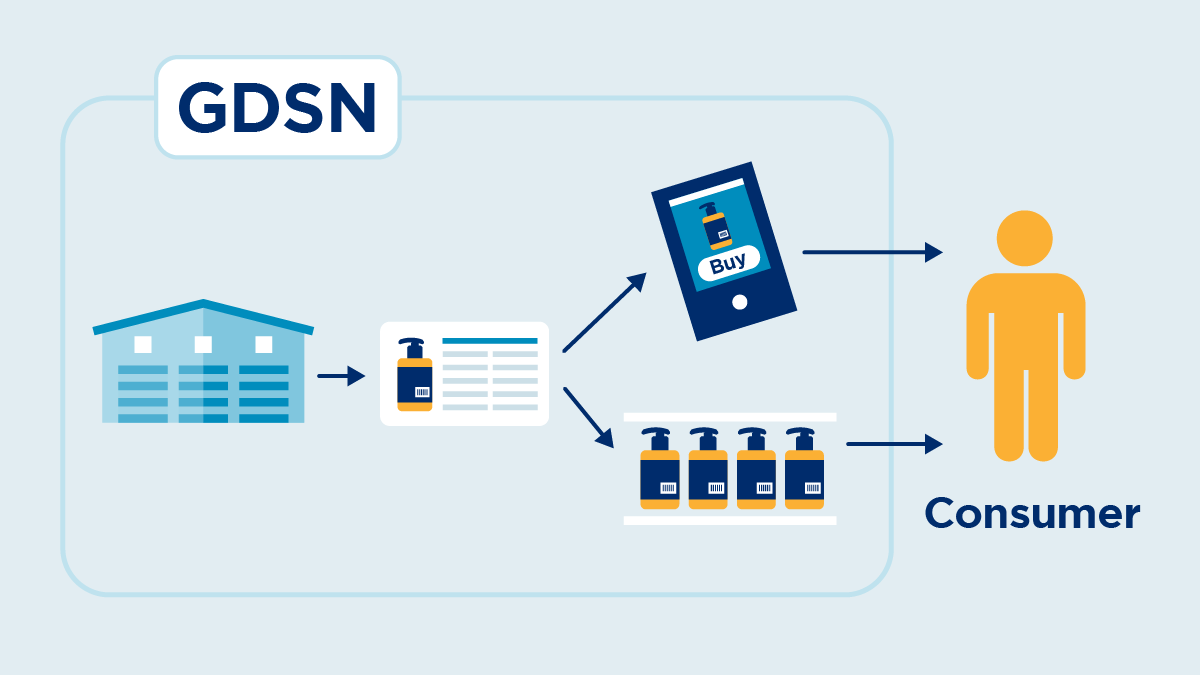New case study explores how Carrefour has leveraged the GS1 Global Data Synchronisation Network to drive its business forward

The French retail giant looks back on its supply chain evolutions 15 years after implementation of GS1 GDSN.
GS1 and Carrefour have collaborated on a new case study to explore how the organisation has leveraged the GS1 Global Data Synchronisation Network (GS1 GDSN) to improve global communication with its trading partners. The impact of GS1 GDSN implementation can be seen across nearly every aspect of day-to-day business, enabling Carrefour to meet ever-increasing consumer expectations for data.
Carrefour France was among the first to realise the potential for GS1 GDSN. “The idea was to simplify exchanges with our manufacturers,” explains Marina Guégan, Master Data IT Director at Carrefour. Within a year, product data for a portion of the organisation’s food and non-food (near-food entities) fast-moving consumer goods (FMCG) catalogue had been integrated into GS1 GDSN, while the rest still required manual input via a Microsoft Excel spreadsheet.
The GS1 GDSN enables business efficiencies spanning new products & partnerships with enterprises of all sizes

Prior to GS1 GDSN implementation, a minimum of three to four back-and-forth exchanges were required between Carrefour and its suppliers in order to execute a single product sheet—a process estimated to take 8 to 10 minutes per product. Multiplied across thousands of unique products and suppliers, the process consumed a tremendous amount of time and effort. Thanks to the GS1 GDSN, that figure has been reduced to nearly zero today.
Carrefour has gained efficiencies in planning as well. New attributes can be made available in advance to be used in future product sheets. This empowers all trading partners to bring new products to market quickly and easily. GS1 GDSN also enables Carrefour, one of the world’s largest retailers, to better structure product data and improve data quality overall.
“With GS1 GDSN there are fewer human mistakes. Even better, error origins were difficult to track back due to the number of exchanges. Now, suppliers feel more committed to the quality of data they share,” says Marina.
The GS1 GDSN has enabled online shopping platforms to deliver reliable product information to consumers

Today, the utility of product data has expanded beyond the supply chain. Accurate information is not only relevant within a B2B context—this information now flows all the way to the end consumer. Through the GS1 GDSN, product information moves seamlessly from manufacturer to retailer to the consumer via their local shop or e-commerce marketplace.
The GS1 GDSN makes this journey possible by helping to ensure core product attributes are supported (e.g., size, weight, composition, etc.) as well as digital content such as the product description and images. This new range of attributes is used to help multinationals such as Carrefour overcome new and evolving challenges in today’s digital landscape.






